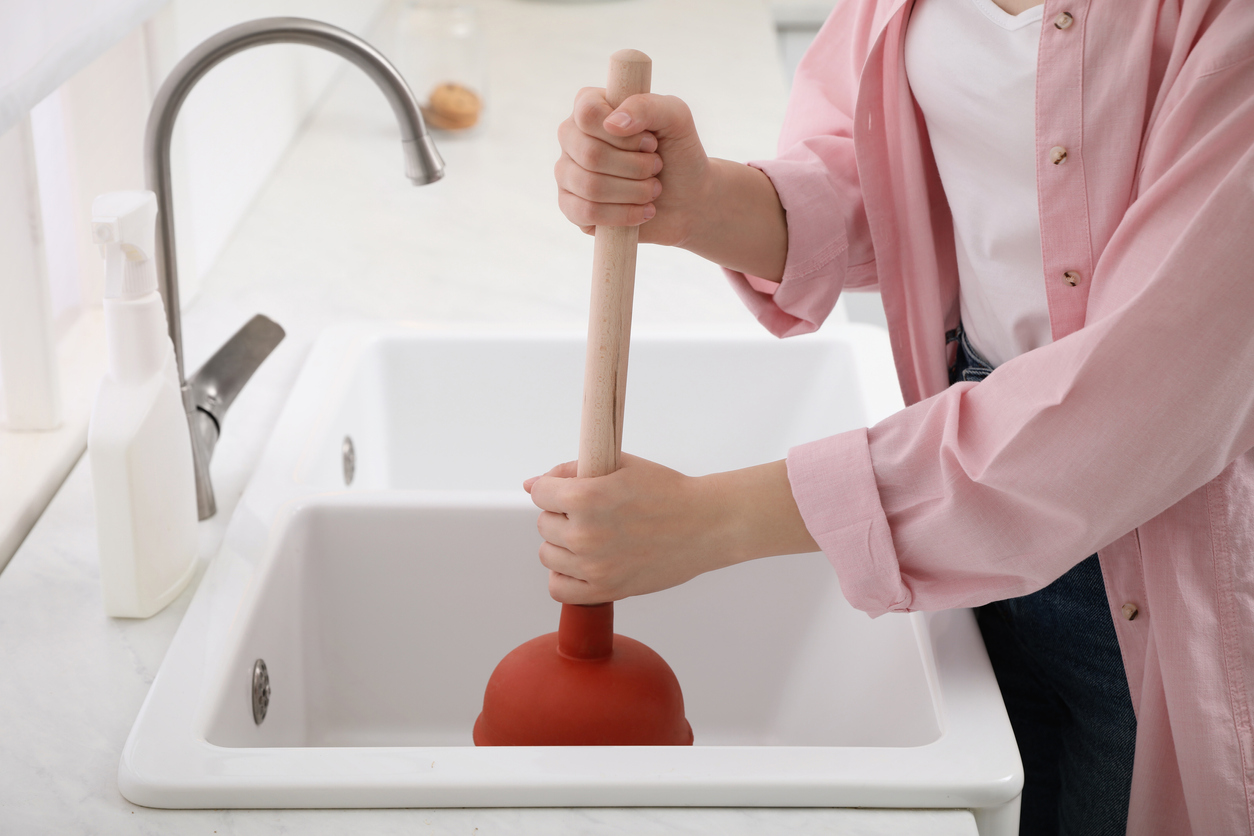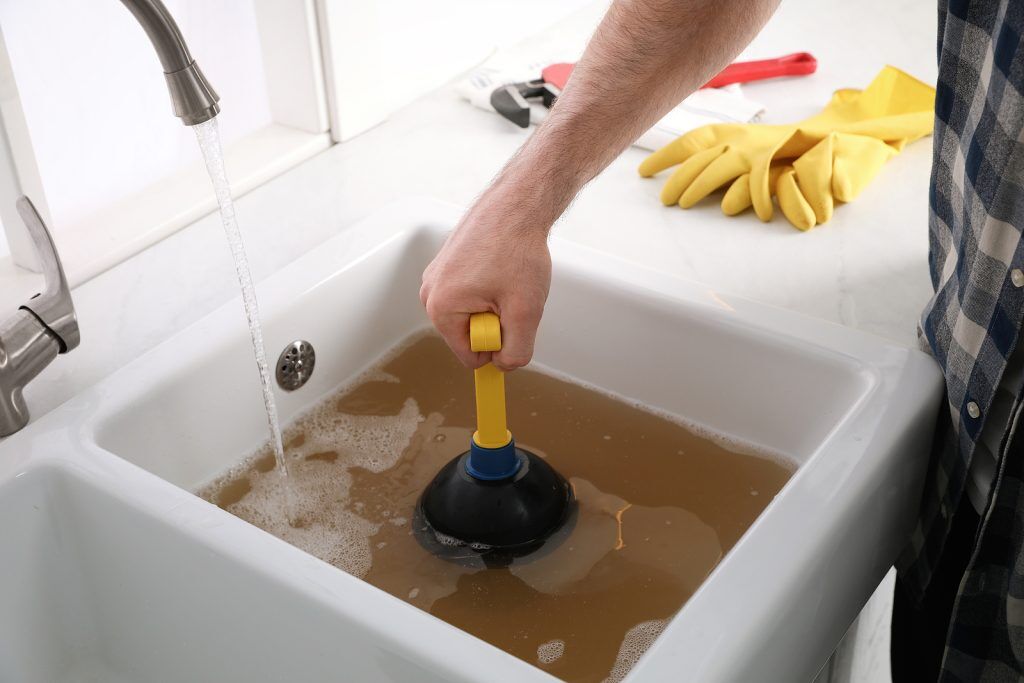Ways to Successfully Utilize Plungers and Drain Cleaners: Expert Tips
Ways to Successfully Utilize Plungers and Drain Cleaners: Expert Tips
Blog Article
What're your ideas concerning A Guide to Plungers (and How to Use Them)?

Intro
Appropriate maintenance of house drains is necessary for protecting against obstructions and making sure smooth water circulation. Among the trick devices in every home owner's toolkit is the bettor, along with different drainpipe cleaners designed to tackle persistent blockages efficiently. This article discovers how to use bettors and drain cleansers efficiently to maintain your drains pipes moving easily.
Area 1: Comprehending Bettors
Sorts of Plungers
There are numerous sorts of bettors available, each created for different sorts of drains and obstructs. The most usual kinds consist of cup plungers, flange plungers, and accordion plungers.
How Plungers Job
Bettors service the concept of creating stress and suction to remove clogs. When properly used over a drainpipe, they produce a vacuum that can take out particles or separate obstructions.
Picking the Right Plunger
Choosing the best plunger relies on the kind of drainpipe and the nature of the obstruction. Cup bettors are perfect for sinks and bathtubs, while flange plungers are much better suited for toilets as a result of their design.
Typical Blunders with Bettors
Staying clear of these errors makes certain reliable plunging: inappropriate seal around the drain, insufficient pressure, and unclear surrounding debris.
Section 2: Utilizing Plungers Efficiently
Preparation
Before plunging, make certain the plunger covers the drain entirely and creates a limited seal. Clear any kind of noticeable particles around the drainpipe opening.
Method
Start with mild plunging motions to build suction. Increase pressure progressively, using a constant rhythm. Repeat as required up until the drainpipe removes.
Troubleshooting Tips
If diving doesn't function, attempt readjusting the seal, using petroleum jelly for a far better seal, or using a various kind of bettor.
Area 3: Comprehending Drainpipe Cleaning Company
Types of Drain Cleansers
Drain pipes cleansers can be chemical or chemical. Chemical cleansers use solid chemicals to dissolve clogs, while enzymatic cleaners use natural enzymes to break down organic matter.
Exactly How Drain Cleansers Job
Chemical cleaners react with blockages to dissolve them, while chemical cleaners break down organic materials like hair and grease without damaging pipes.
Safety and security Considerations
Always use handwear covers and eye security when making use of chemical drain cleaners. Ensure sufficient air flow and follow producer instructions carefully.
Eco-Friendly Alternatives
Think about making use of vinegar and cooking soda or enzyme-based cleaners for environment-friendly alternatives that are more secure for pipelines and the environment.
Section 4: Utilizing Drainpipe Cleaning Company Successfully
Application Methods
Pour chemical cleansers directly right into the drainpipe opening. Allow them to work for the recommended time prior to flushing with hot water. Chemical cleansers need to rest over night.
Safety measures
Stay clear of mixing various types of cleaners, as this can generate harmful fumes. Never utilize chemical cleansers combined with a plunger, as splashing can happen.
Dealing With Persistent Obstructions
For relentless obstructions, think about using a pipes snake or calling an expert plumber to prevent damages to pipelines.
Final thought
In conclusion, recognizing just how to use plungers and drain cleansers successfully is important for maintaining healthy pipes systems. By picking the right tools and techniques, house owners can deal with small blockages and avoid significant plumbing problems down the line.
4 DIY Ways to Unclog Drains
Wire Hanger
This age-old technique has been used by many an amateur plumber – to much success. Take any wire hanger, deconstruct its shape and leave a small hook shape on the end. Time to go fishing! Remove the shower or sink drain cover and snake the wire into the drain, wiggling and rotating it as you push it through. Dispose of the gunk that you remove and flush the drain with hot water. Rinse with a pan of boiling water for best results.
Plunger
Creating a suction in your drain can break up clogs caused by hair and soap residue build up. First, make sure you are using the correct type of plunger, one specifically for sinks or tubs. They are typically smaller than regular toilet plungers and often have a shallow suction cup. Regular plungers can work too but we’d recommend cleaning them first and finding a way to create better suction over the drain.
Baking Soda and Vinegar
This technique is a classic – and one of the most popular DIY drain unclog methods. Pour one cup of baking soda and one cup of vinegar down the drain and allow it to work its magic overnight. The next morning, flush the drain with boiling water. Repeat if necessary.
Drain Snake/Hair Clog Tool
If you know your clog is caused primary by hair, a drain snake/hair clog tool might be your best option. These tools can be purchased for under $10 at any hardware store and work well so long as the clog isn’t too deep in the drain.
https://www.callcatons.com/blog/four-diy-ways-to-unclog-drains/

Application Methods
Pour chemical cleansers directly right into the drainpipe opening. Allow them to work for the recommended time prior to flushing with hot water. Chemical cleansers need to rest over night.
Safety measures
Stay clear of mixing various types of cleaners, as this can generate harmful fumes. Never utilize chemical cleansers combined with a plunger, as splashing can happen.
Dealing With Persistent Obstructions
For relentless obstructions, think about using a pipes snake or calling an expert plumber to prevent damages to pipelines.
Final thought
In conclusion, recognizing just how to use plungers and drain cleansers successfully is important for maintaining healthy pipes systems. By picking the right tools and techniques, house owners can deal with small blockages and avoid significant plumbing problems down the line.
4 DIY Ways to Unclog Drains
Wire Hanger
This age-old technique has been used by many an amateur plumber – to much success. Take any wire hanger, deconstruct its shape and leave a small hook shape on the end. Time to go fishing! Remove the shower or sink drain cover and snake the wire into the drain, wiggling and rotating it as you push it through. Dispose of the gunk that you remove and flush the drain with hot water. Rinse with a pan of boiling water for best results.
Plunger
Creating a suction in your drain can break up clogs caused by hair and soap residue build up. First, make sure you are using the correct type of plunger, one specifically for sinks or tubs. They are typically smaller than regular toilet plungers and often have a shallow suction cup. Regular plungers can work too but we’d recommend cleaning them first and finding a way to create better suction over the drain.
Baking Soda and Vinegar
This technique is a classic – and one of the most popular DIY drain unclog methods. Pour one cup of baking soda and one cup of vinegar down the drain and allow it to work its magic overnight. The next morning, flush the drain with boiling water. Repeat if necessary.
Drain Snake/Hair Clog Tool
If you know your clog is caused primary by hair, a drain snake/hair clog tool might be your best option. These tools can be purchased for under $10 at any hardware store and work well so long as the clog isn’t too deep in the drain.
https://www.callcatons.com/blog/four-diy-ways-to-unclog-drains/

I was shown that article about How To Use Your Toilet Plunger Correctly in 5 Easy Steps from a friend on another web blog. Be sure to set aside a second to promote this blog post if you enjoyed it. I love your readership.
Request Your Service Report this page